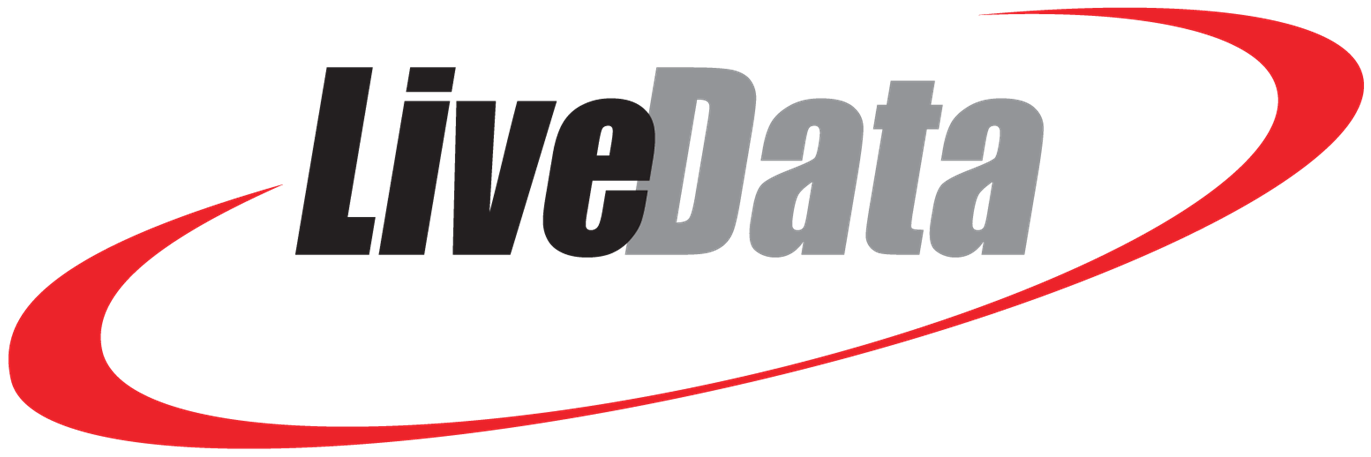Stop Waiting for Stale Data — Why Hospital Leaders Need Real-Time Surgical Metrics Now
In light of today’s volatile economy, surgical performance is more than a clinical concern. Smart hospitals pay attention to surgery as a board priority, a critical part of financial sustainability, and often a metric in executive compensation packages.
If efficiency improvements are a key metric, why are hospital leaders still waiting days, (and frequently weeks) to learn how their ORs performed?
When your team's credibility, your compensation, and your hospital's margins depend on OR performance, relying on delayed reporting means your operational intelligence can’t see what’s coming. Access to continuously updated, real-time data changes the way you deal with inefficiencies, giving your team the opportunity to be proactive instead of reactive.
With Legacy EHR Data Bottlenecks, You Don’t See Problems Until It’s Too Late
EHR platforms like MEDITECH and Cerner were designed to document patient care, not deliver timely and actionable insight. That’s why most perioperative reporting simply falls short.
This rearview mirror approach impedes efforts to increase operational efficiency because it is:
1. Delayed - Extracted and validated, then formatted days after procedures have occurred
2. Manual - Dependent on analysts and busy business office staff converting data in Excel
3. Fragmented - Siloed by department and allowing for no real-time visualization.
The result? By the time leadership sees their cancellation rates rise, the window to act has already passed. Decision making that optimizes resources requires identifying trends and patterns as they happen, not next month, for an agile and proactively-managed OR.
Precise Surgical Metrics Drive Leadership and Operational Success
A SullivanCotter survey found that 84% of hospitals had an annual incentive plan for executives, commonly based on efficiency, quality, and patient safety. These metrics can determine if your ORs are revenue centers or cost centers.
For senior executives, performance indicators tied to incentives, bonus payouts, and board accountability are more than just KPIs. Tracking these data points, for example, can turn challenges into opportunities:
- Surgical Volumes
- Surgical Block Utilization
- First Case On-Time Starts
- Turnover Time
- Procedural Case Volume Growth
- Cancellation Rates
- Patient Flow
- Surgeon Variability
- Safety Compliance
While LiveData tracks dozens of data points, our 2024 webinar discusses six that we’ve found to have an outsized impact on case volume growth. It is possible to maximize each one so as to increase both efficiency and stakeholder satisfaction. You just need to leverage the right tools.
Notably, the data to improve performance results must provide actionable insights for leaders. Otherwise, it’s just numbers – and it won’t translate to success and sustainability.
Real-Time or No Time – What’s the Opportunity Value?
You can’t afford to lead from the rear. Every minute of delay in the OR chips away revenue, efficiency, and surgeon satisfaction. A 2022 review in the Journal of Orthopaedic Business found that each minute of OR time costs hospitals an average of $46.04 per minute.
While you can’t reclaim those lost minutes, with LiveData it is possible to get real-time surgical metrics that allow business and clinical leaders to spot disruptions in the moment, and intervene quickly before a cascade of systemic delays occur.
If you empower your teams to self-correct with real time actionable data, they can more easily maintain control for outcomes that directly impact performance and compensation.
“Live metrics demonstrate where bottlenecks and delays are occurring in real time,” two surgeons write in the Journal of Orthopaedic Experience & Innovation. “To achieve true surgical efficiency, application of radical time transparency and operational excellence must be performed at both the institutional and operating room levels.”
The opportunity cost of neglecting surgery data is enormous. Even a conservative look at a one-year surgical efficiency opportunity shows that leaders can’t afford to wait. Modest volume improvements at a 10-OR hospital would bring about over $500,000 in additional annual margin growth.
By improving the overall function of the perioperative workflow, real-time data visibility will inevitably improve a hospital’s key performance indicators. Data from over a million surgeries shows that hospitals utilizing LiveData’s tools see surgical block utilization increase by an average of 34%, reflecting more efficient perioperative workflows.
Lead Proactively with LiveData’s Real-Time Tools
Built-in EHR functions simply can’t keep up with the demands, pace, and stakes of today’s surgical environment. Relying on outdated reports jeopardizes your ability to meet the metrics that determine your success and the success of your hospital. There is a better way.
LiveData’s insights and communication tools put your surgical teams into a real-time performance cockpit. And it gives you the visibility you need to lead proactively. To run a modern hospital, agility at the executive leadership level is not optional. It’s essential to sustainability and success.

